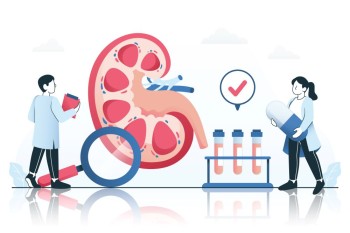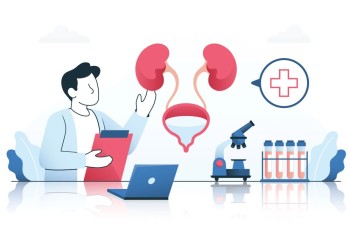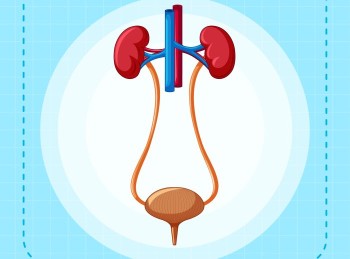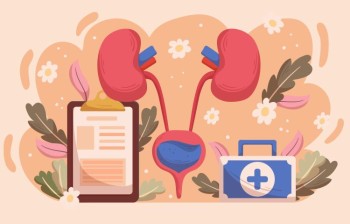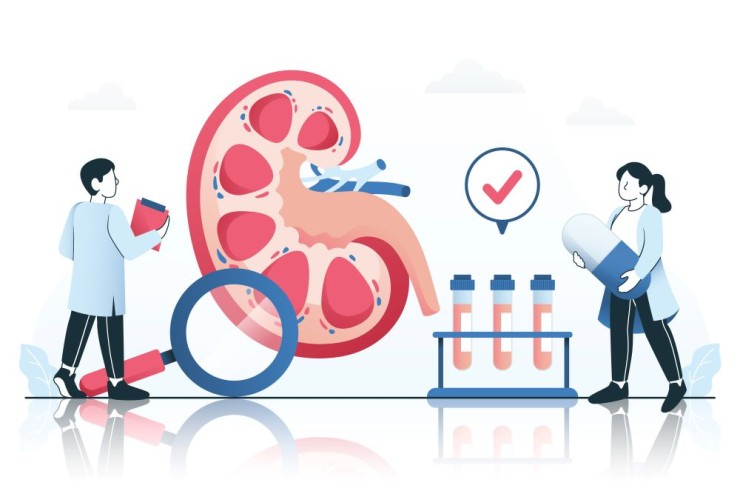
₹7,400
₹8,000
A urodynamic test is a series of diagnostic procedures designed to evaluate the function of the urinary system, including the bladder and urethra.
Category:
Urodynamic Test
